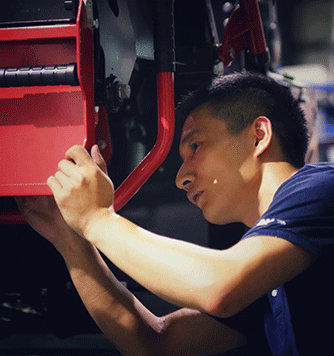The history of the commercial wood chipper can be traced back to the 19th century, when the wood chipper was first used in the forestry industry for wood processing. At that time, the wood chipper was a simple machine, mainly composed of a metal frame and a rotating blade, and was manually operated. It was mainly used to process firewood and wooden boards.
In the 20th century, with the development of technology and the increase of demand for timber, the wood chipper gradually changed from a manually operated machine to an automatically operated machine. The new generation of wood chippers began to appear. These wood chippers were equipped with more advanced and efficient blade heads, as well as transmission and control systems to achieve fully automated operation.
In the 1960s, with the popularization of logging and sawmilling, the demand for wood chippers increased. In order to meet the demand, more powerful and efficient wood chippers were developed. These wood chippers were mainly large-scale machines that could process logs and wooden boards. In addition, they were also equipped with high-speed motors and automatic feeding and discharging systems to improve production efficiency.
In the 1980s, with the development of technology, wood chippers began to appear in other industries besides forestry. For example, they were used in landscaping and ground maintenance to process branches and leaves. In addition, they were also used in the production of paper pulp and animal feed to process wooden chips and fibers.
In the 21st century, with the continuous development of technology and the change of social needs, wood chippers have become more sophisticated and efficient. They are no longer limited to the forestry industry, but also widely used in other industries. In addition, with the popularization of environmental protection concepts, wood chippers are also becoming more energy-saving and environmentally friendly.


